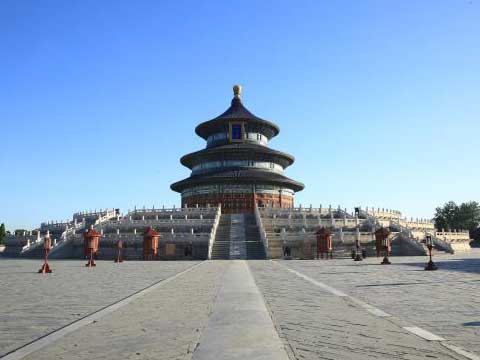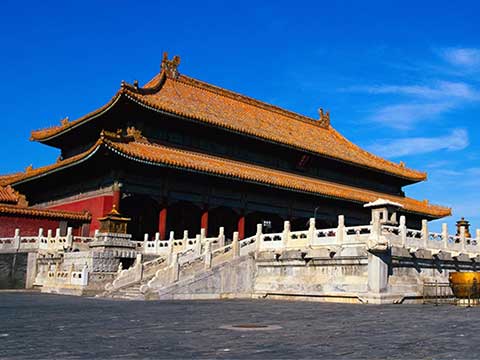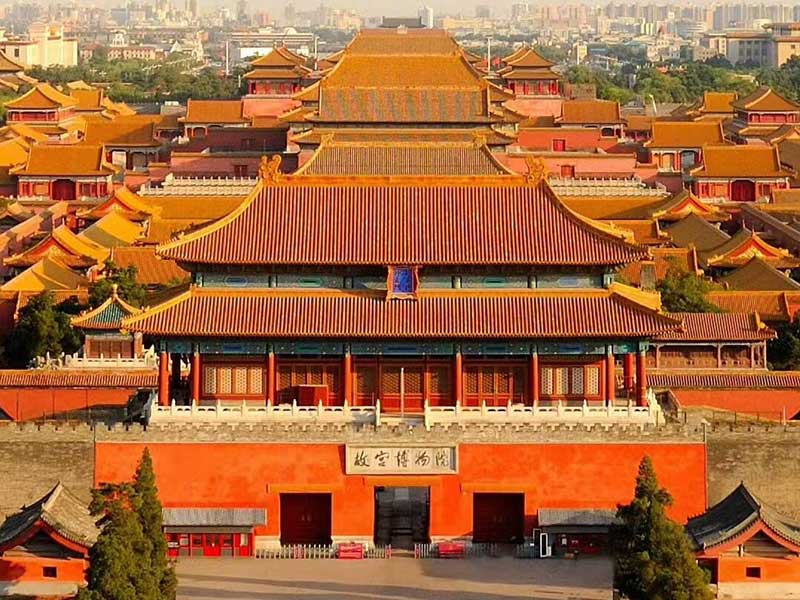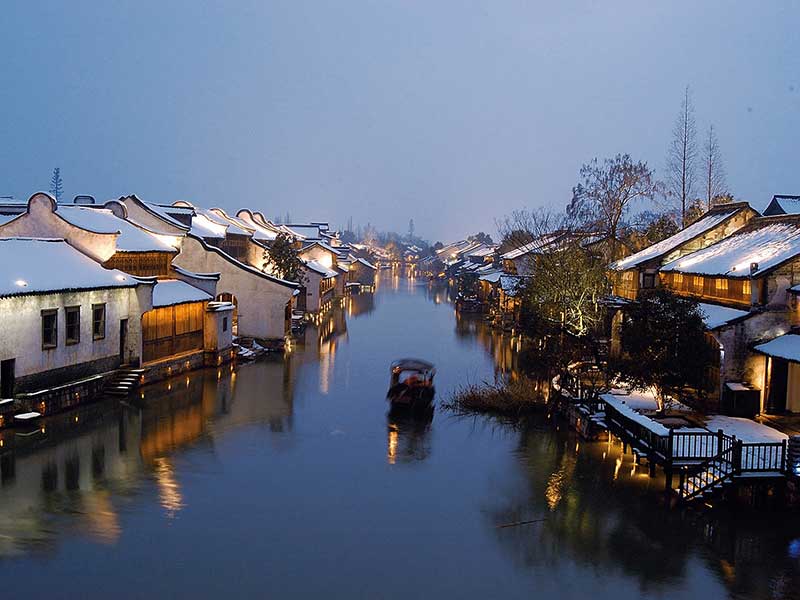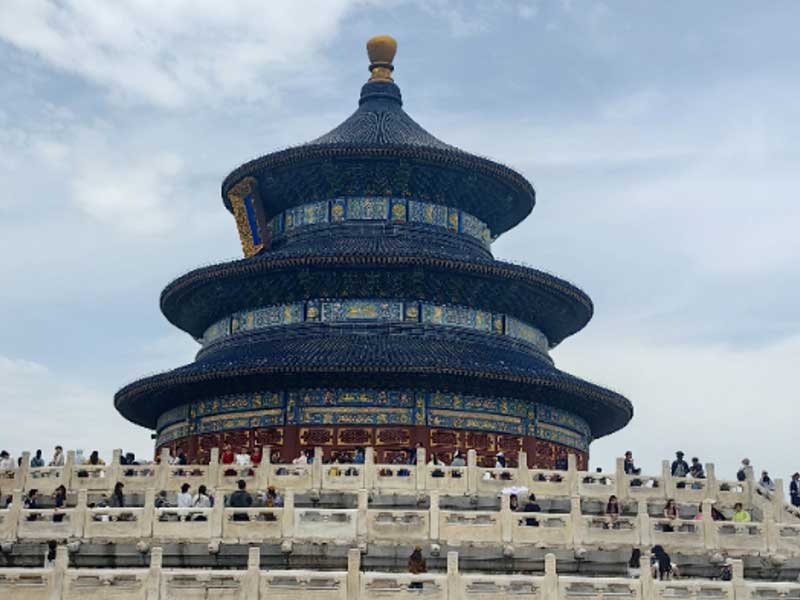Located within the Temple of Heaven in Beijing, the Zhai Gong Inn is a significant historical site that once served as a place for imperial purification during the Qing Dynasty. It was built in 1743 during the reign of Emperor Qianlong, though it predates the existing Zhai Gong in the Temple of Heaven by more than three centuries. The construction of the Zhai Gong Inn was closely linked to the imperial rituals of the Qing Dynasty.
Originally, the Zhai Gong Inn functioned as the main residence for the emperor during his period of purification, similar to the Zhai Gong in the Temple of Heaven. However, due to the emperor's concerns about security and the stability of the palace, Emperor Yongzheng decided to build a new Zhai Gong within the Forbidden City. This new Zhai Gong was used for the emperor's purification during the imperial ceremonies.
After Emperor Qianlong ascended the throne, he placed great emphasis on the imperial rituals, particularly the ceremony of worshiping heaven. However, the practice of staying in the Forbidden City for purification did not conform to the established rites. Therefore, after six years of purification in the Forbidden City, Emperor Qianlong decided to repair the Zhai Gong in the Temple of Heaven, where he later established a dormitory.
In 1743, the Ministry of Works was ordered to repair the Zhai Gong in the Temple of Heaven, and a dormitory was built on the western side of the inner courtyard. From then on, during the purification period, the emperor would stay in the Zhai Gong in the Forbidden City for two days, and on the day before the ceremony, he would travel to the Zhai Gong in the Temple of Heaven and reside in the dormitory.
During the Qianlong era, the dormitory was well-organized, with a main hall, side halls, corridors, and various auxiliary buildings such as the storage room, clothing room, and kitchen. The main hall was the central hall of the dormitory, and the north and south side rooms were used for the emperor's reading. The end of the hall had a bed, and in the northern end, there was a fire passage under the ground for heating during the winter purification period.
However, in 1807, during the preparation for the imperial ceremony, the dormitory caught fire, burning the side halls and corridors. The fire was caused by the heating system. After this incident, Emperor Jiaqing issued an order to prohibit the use of heating systems in all temples and palaces. As a result, when the dormitory was rebuilt, the corridors and side halls were not constructed, and only the main hall was rebuilt according to the original design, forming the current layout of the dormitory. Today, visitors can still see the stove holes in front of the northern end of the main hall, which are remnants of the old heating system.
In 1978, during a major renovation of the Zhai Gong, the dormitory buildings were also restored. In 2007, the Zhai Gong was renovated again, and the main hall was restored to its original state from 1873, bringing back the former splendor of the Zhai Gong. Today, the Zhai Gong Inn is not only a witness to the imperial rituals of the Qing Dynasty but also a historical site worth exploring. Walking through its halls, one can feel the solemnity and dedication of the Qing emperors to their rituals and beliefs.

